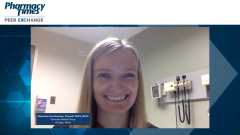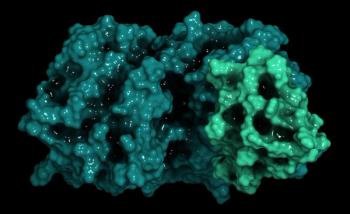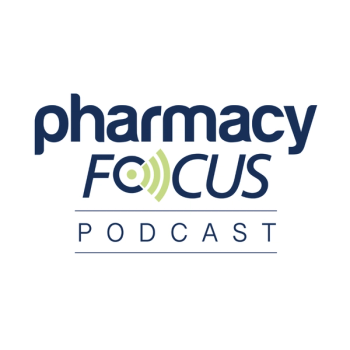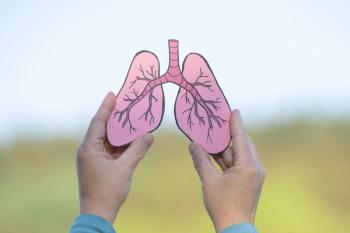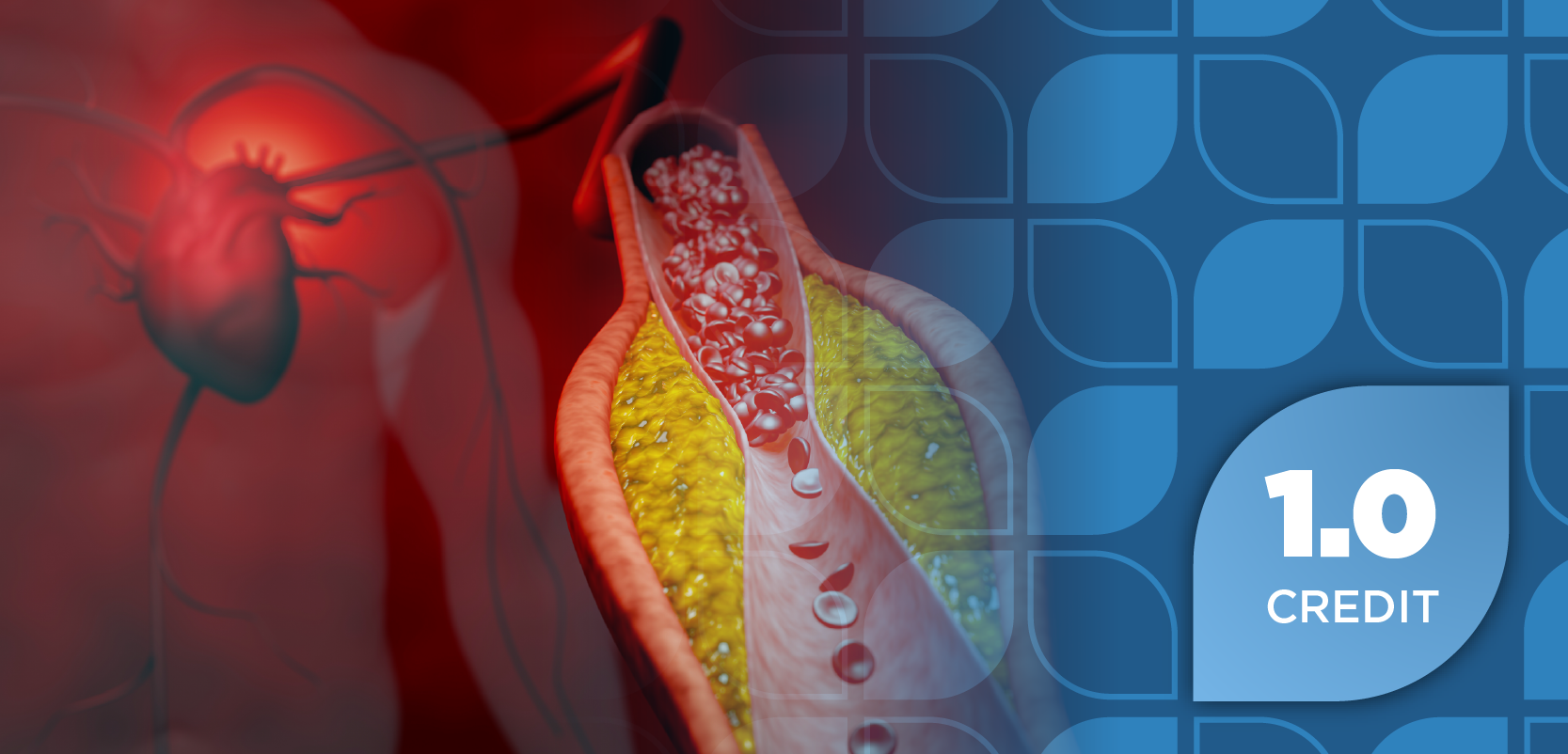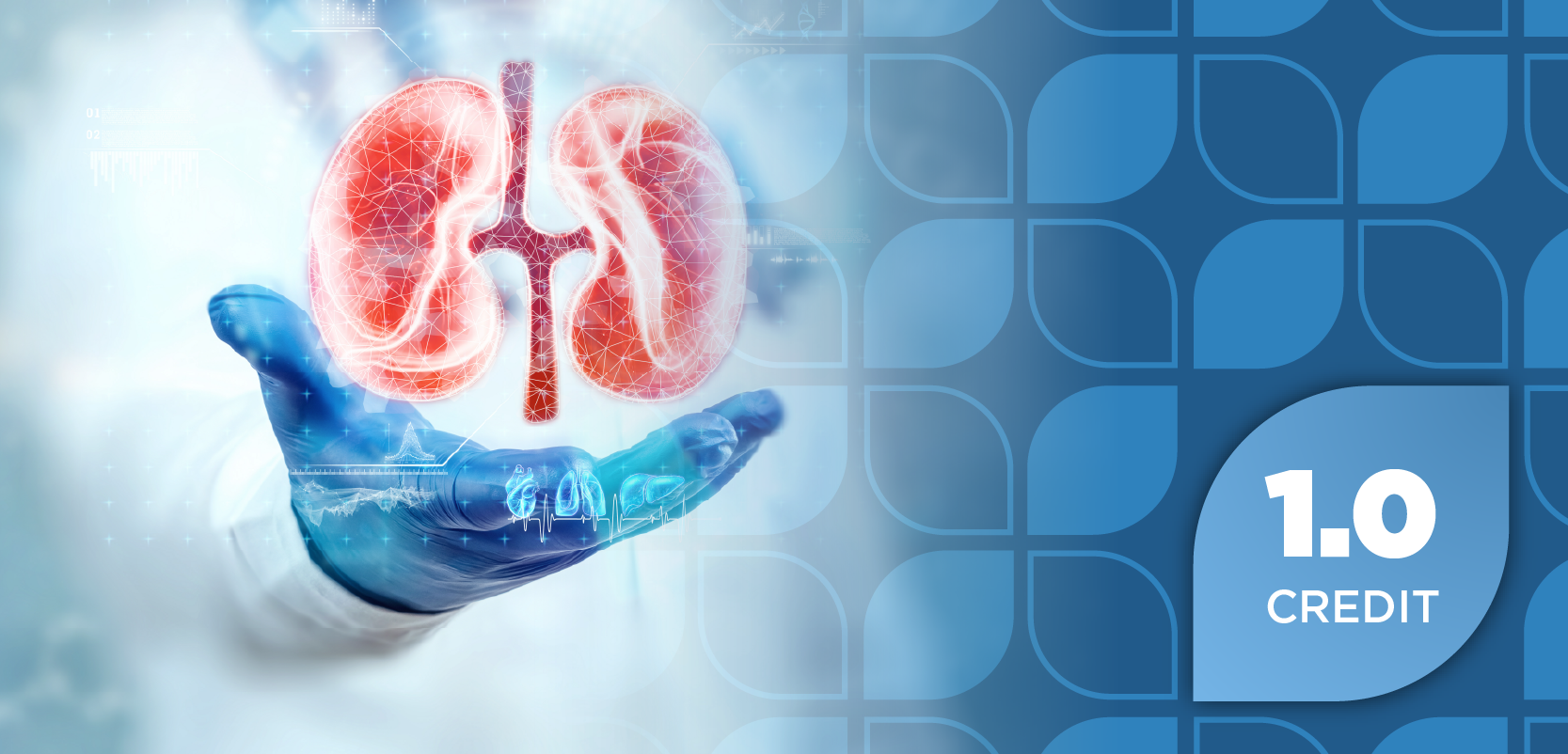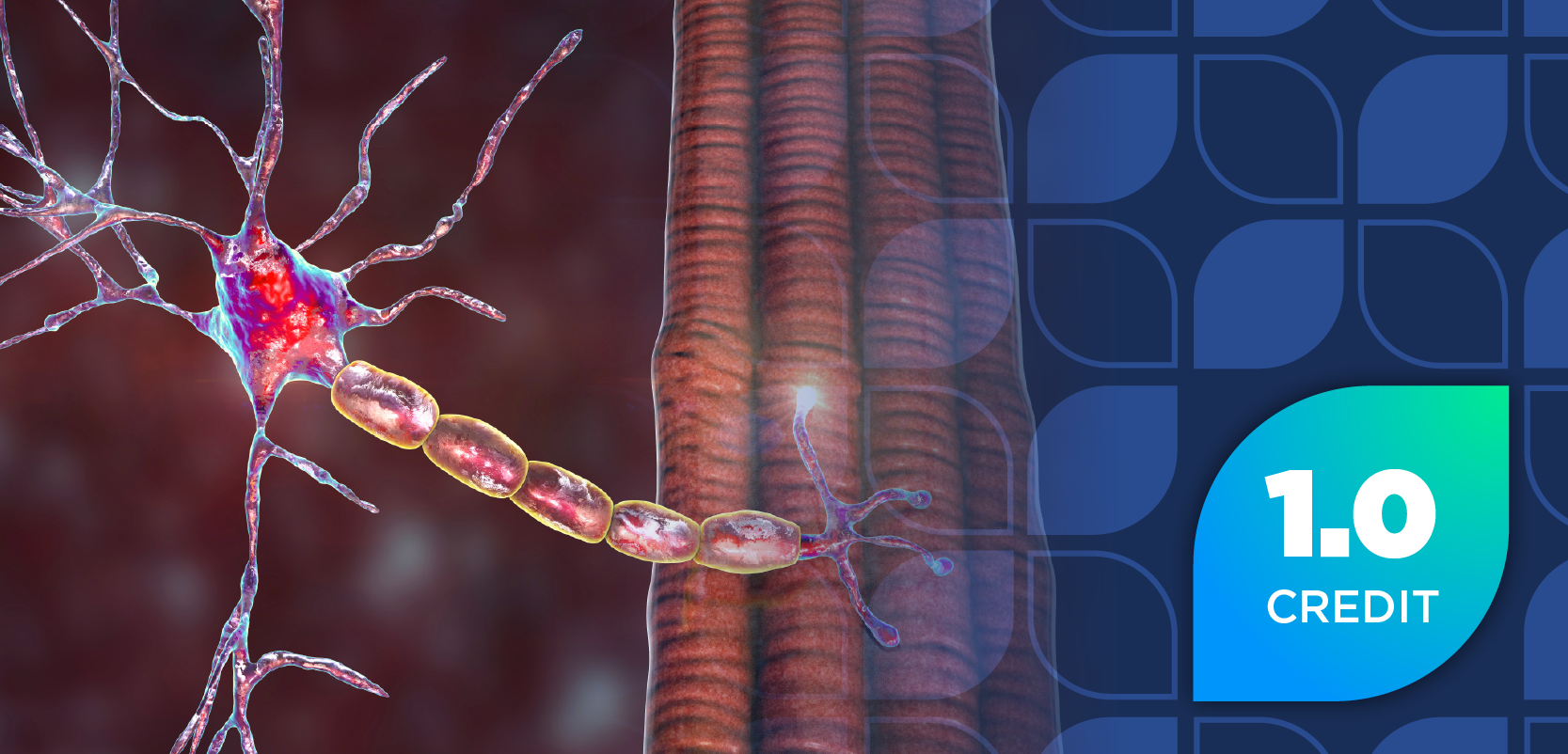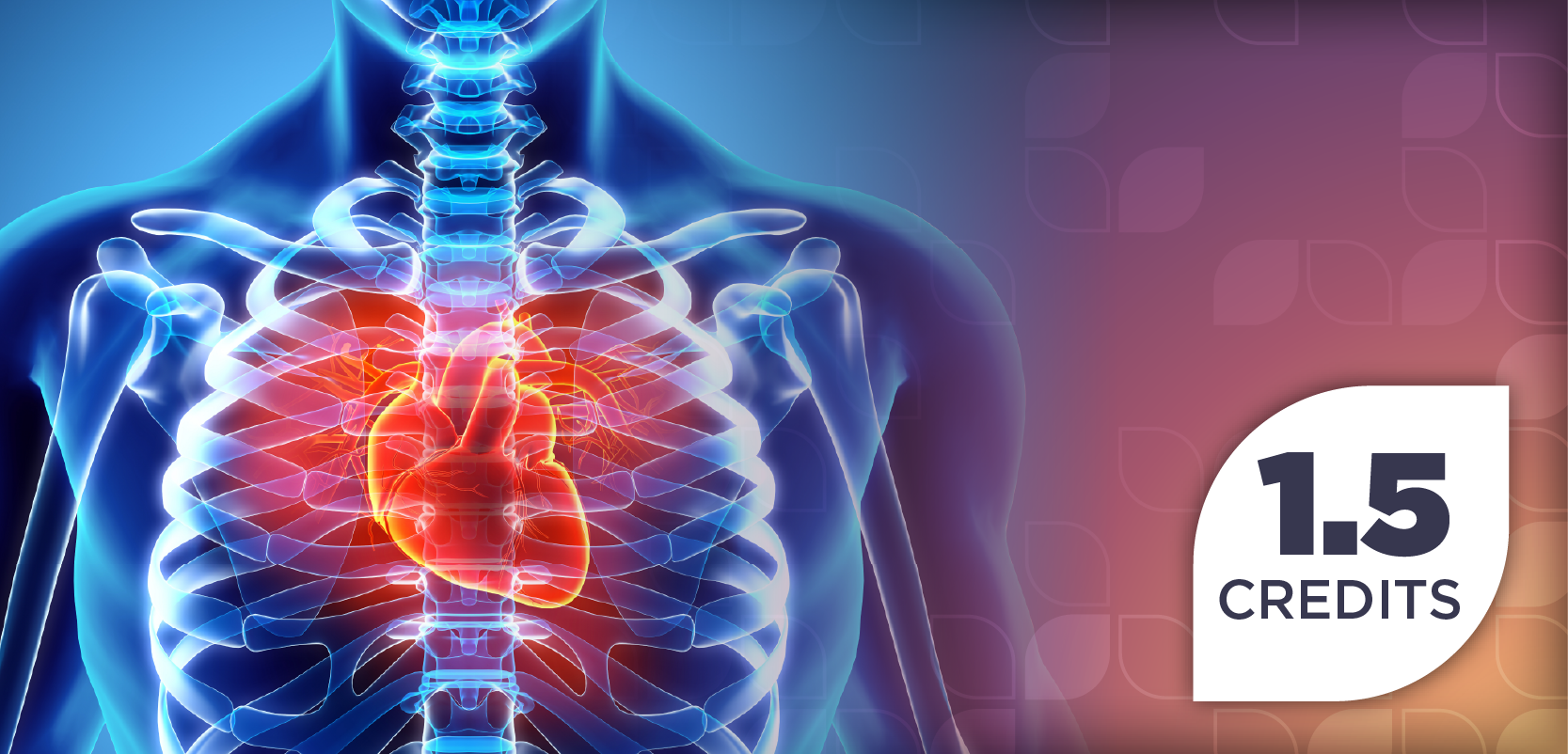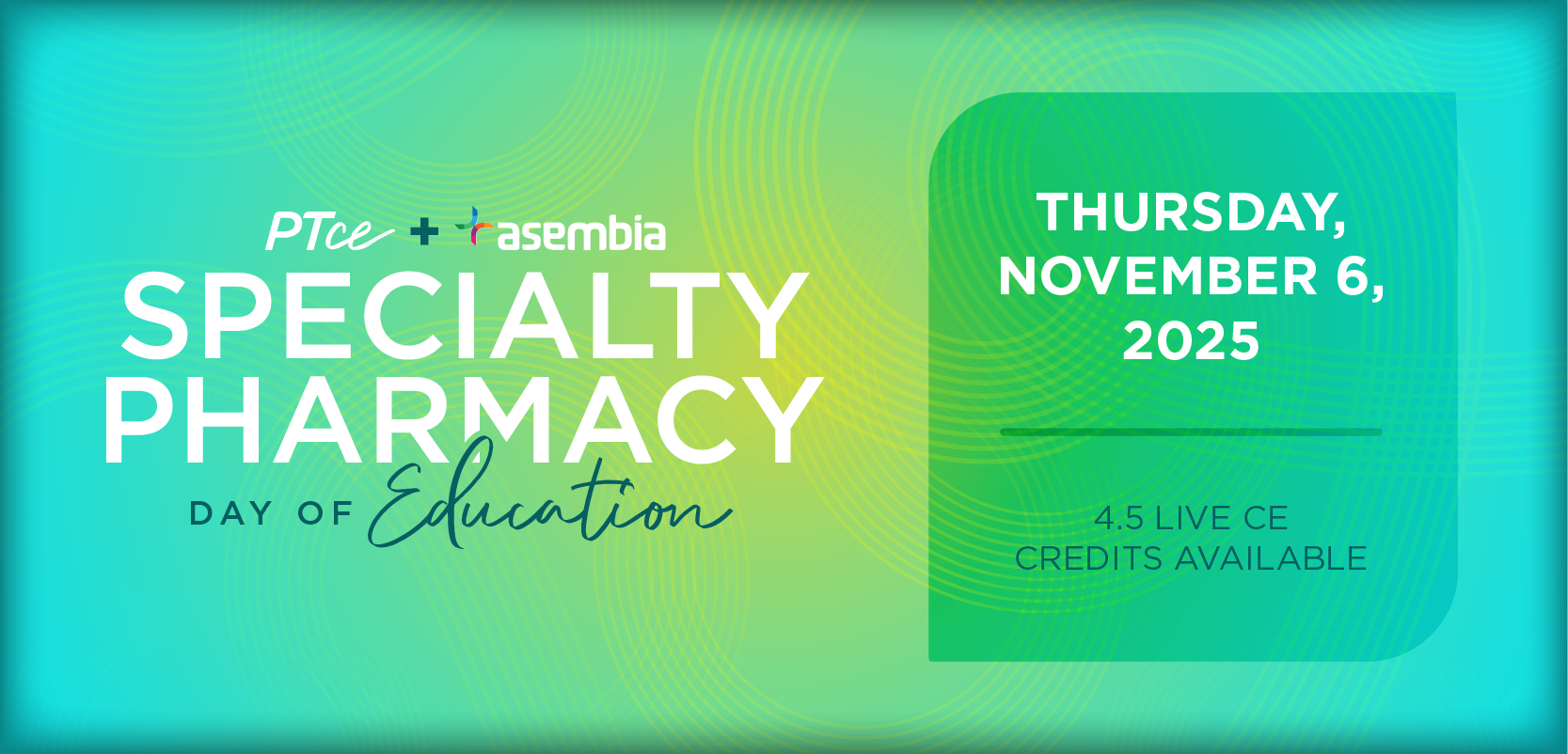
Diagnosis and Treatment Approaches in Heart Failure
Alexandra Goncharenko, PharmD, BCPS, BCCP reviews factors that may influence treatment approaches for heart failure and emphasizes the importance of diagnosis to begin maximally tolerated doses of guideline-directed medical therapy.
Episodes in this series

Richard Mullvain, RPh, BCCP, BCPS, CCCC: What factors are considered when we decide on an initial treatment approach? I’m thinking of 2 things. Do certain symptoms have more cause for initiating therapy over others? What’s the rationale for an early aggressive treatment? I’d like to turn to Alex, our true heart failure specialist here.
Alexandra Goncharenko, PharmD, BCPS, BCCP: I’d like to echo some of the things that Ryan has mentioned. When deciding initial treatment, it’s important to have an appropriate classification and diagnosis of heart failure. Does the patient have heart failure with reduced ejection fraction preserved, or even midrange, somewhere in the middle? It’s then important to determine their stage among stages A through D. Also, are they symptomatic now or have they been in the past? The patients who have heart failure with reduced ejection fraction—with ejection fraction less than 40%—and even some with midrange are those who benefit most with your standard traditional guideline-directed therapy.
Regardless of their ejection fraction classification, all patients with heart failure should also have routine hemodynamic and volume status assessment to determine whether they’re in a compensated or decompensated state. Acute decompensated heart failure can occur regardless of the patient’s ejection fraction, and it requires prompt identification as well as treatment to avoid a hospitalization.
Patients with signs and symptoms of fluid retention and congestion should be promptly diuresed with loop and thiazide diuretic therapy. Proper diagnosis of heart failure is essential to guide therapy selection. For example, patients with stage C heart failure with reduced ejection fraction should be started on your standard guideline-directed medical therapies. They should be promptly titrated to their maximally tolerated doses quickly to provide patients with a reduction in the risk of heart failure hospitalization, and most important, to reduce their risk of death. Meanwhile, patients who have, for example, an amyloid cardiomyopathy or some sort of cardiomyopathy that’s reversible or temporary, like ischemic or tachycardia induced, can resolve when you treat the underlying cause.
The rationale for aggressive early treatment is that there’s an alarming number of patients who have stage C heart failure with reduced ejection fraction who experience significant delays in guideline-directed medical therapy initiation. Some even fail to start medical therapy altogether. The benefits of backbone guideline-directed medical therapy are seen within weeks of initiation, or sometimes even days. For example, SGLT2 inhibitors, which we’ll talk about today, demonstrated a significant relative risk reduction in death and hospitalization for heart failure as soon as 12 days after initiation. Knowing that approximately 1 of 4 patients who are hospitalized for heart failure die or are back in the hospital within 30 days of their discharge, we need to get these guideline-directed medical therapies initiated and titrated rapidly.
Richard Mullvain, RPh, BCCP, BCPS, CCCC: That was great. Thank you, Alex. We’re going to be building on that more as we get into some of these newer therapies.
Transcript edited for clarity.
Newsletter
Stay informed on drug updates, treatment guidelines, and pharmacy practice trends—subscribe to Pharmacy Times for weekly clinical insights.

